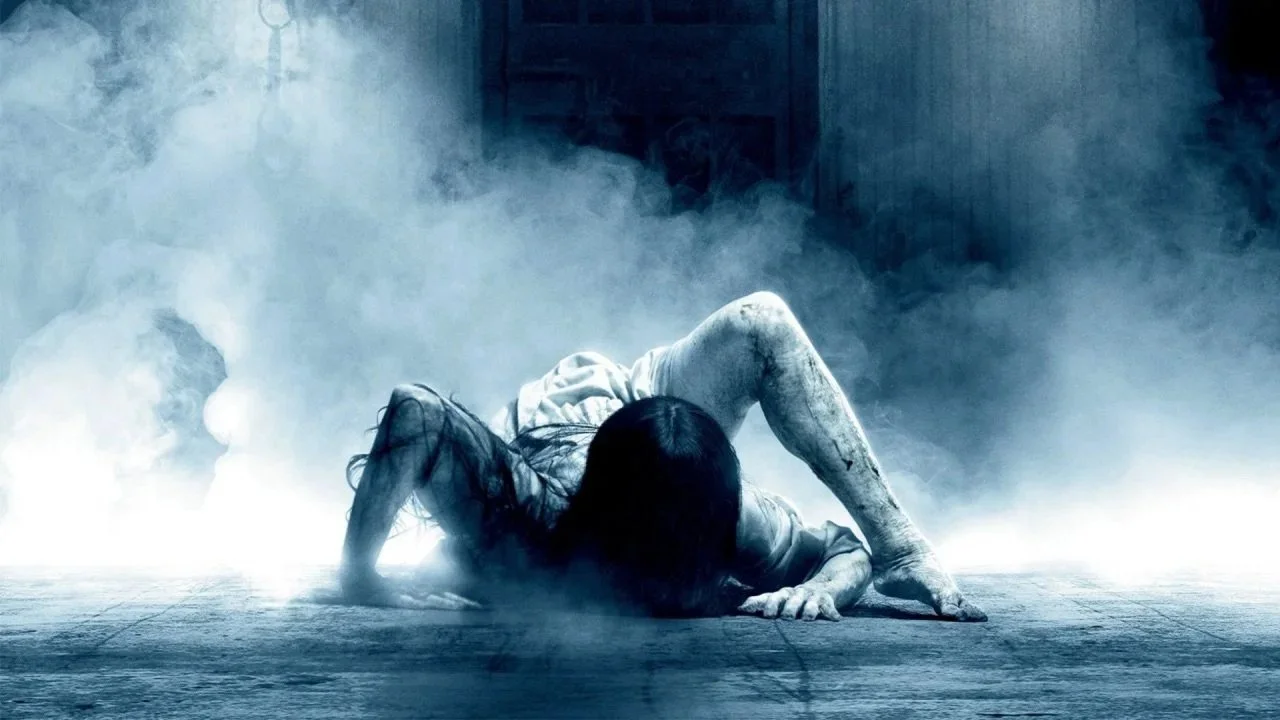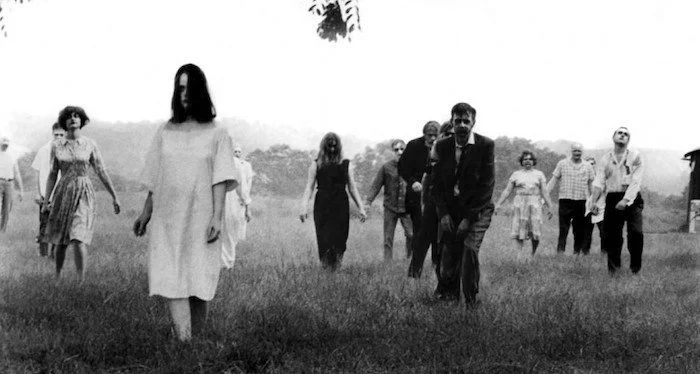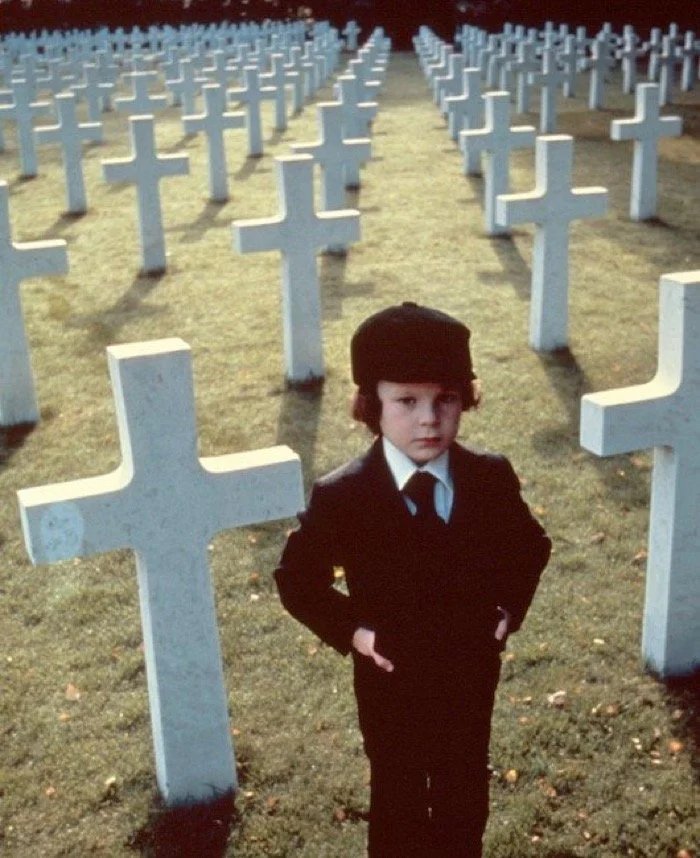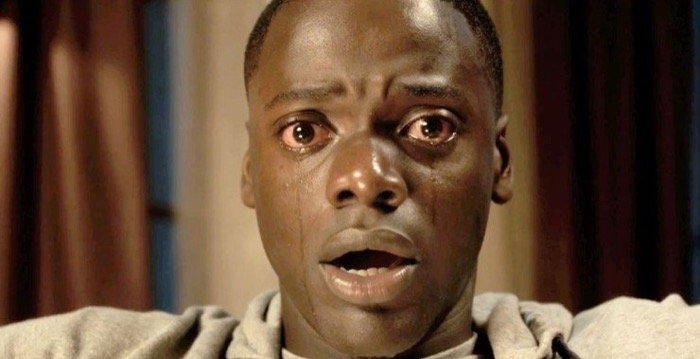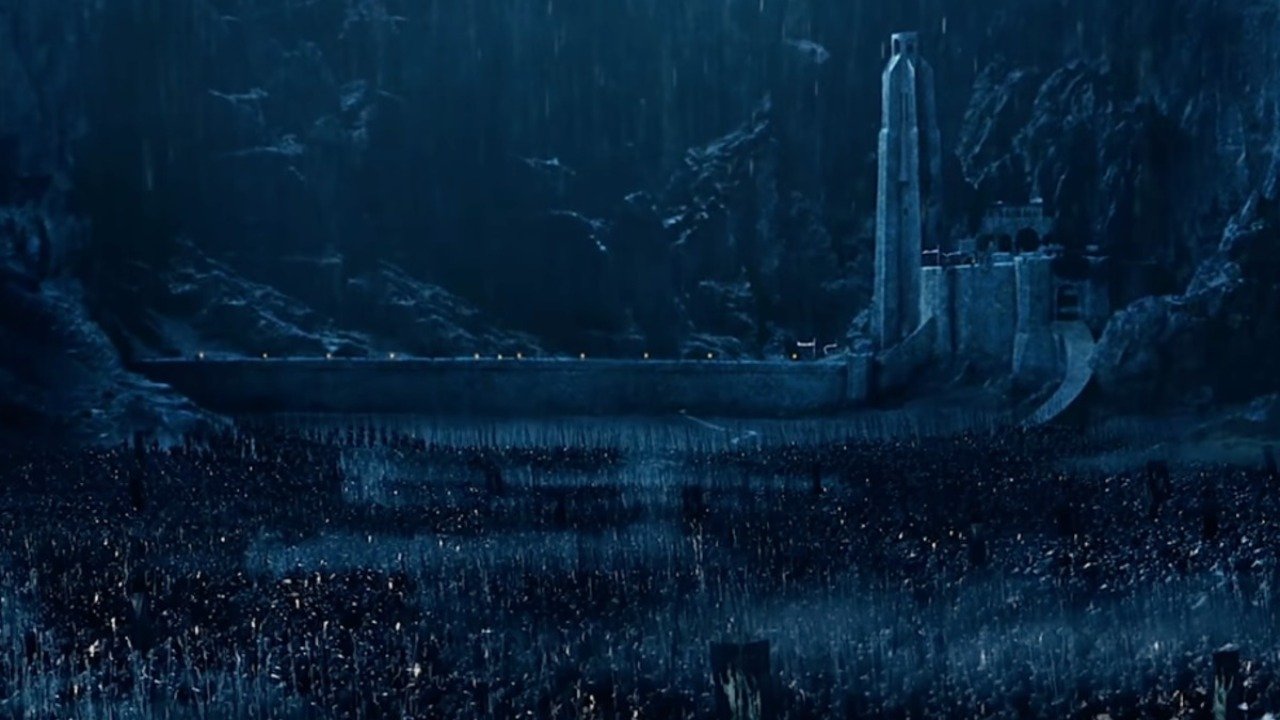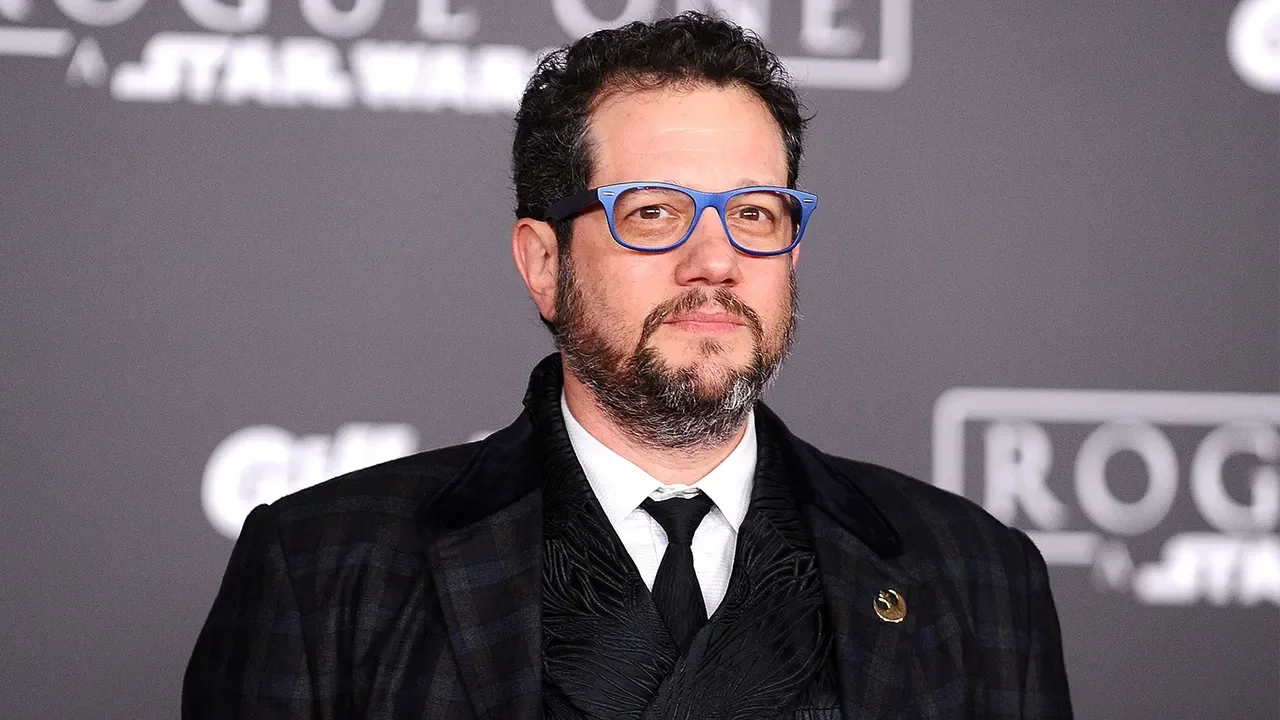How "Horror" Films Have Evolved
Image Source: IMDb
In 1896, French filmmaker Georges Méliès, famous for A Trip to the Moon, released Le Manoir du diable or The House of the Devil (released in the US as The Haunted Castle). While there are encounters with the Devil and numerous phantom-like entities, it intended to invoke awe and amusement, rather than fear. Because of its themes, it is often credited as technically being the first horror film. Clearly, horror films have evolved in the last 100+ years, so let’s look at how much they’ve changed.
Méliès’ use of haunted castles, demons, and ghosts would become staples for the horror genre. A lot of inspiration for the first films and beyond came from texts such as Frankenstein by Mary Shelly (who is also credited as being the mother of science fiction), the short stories of Edgar Allan Poe, and H.G. Wells's The Invisible Man, ushering films into the “Golden Age of Horror” in the 1920s and 1930s.
RELATED:
Films released during this time were silent films, and more technologically advanced (for the period, of course) films such as Frankenstein, The Mummy, and the first colorized version of Dr. Jekyl and Mr. Hyde. It was also during this time that this particular genre of films began to use the “horror” label. It also saw the rise of horror stars, such as Bela Lugosi, Boris Karloff, and Lon Cheney.
Horror audiences in the 1940s and 1950s started to see a shift in themes thanks to director Alfred Hitchcock. Adding a layer of suspense to his films and taking out the monster themes, Hitchcock was able to tap into the audiences’ psyche and amplify their fears. Films like Vertigo and Rear Window immediately became classics and inspired generations of directors in the decades to come. These films would inspire international directors, with films being produced in Mexico, Italy, France, and Germany.
Those same decades played into the invasion and nuclear fallout fears that were in the back of everyone’s minds thanks to the war with Godzilla and The War of the Worlds. While The War of the Worlds is certainly more science fiction than horror, it was able to come close to the hysteria that its radio predecessor caused in 1938. The 1940s also saw the creation of the “B-movie” subgenre of horror films, and the rise of Hammer Film Productions, which featured future Star Wars stars Christopher Lee, Peter Cushing, and David Prowse.
Image Source: Movie Web
The 1960s saw Alfred Hitchcock continue his reign as the leader in psychological film noirs and other movies such as Rosemary’s Baby and The Haunting and several others that focused on the psychosis of their characters. Up until now, horror movies weren’t particularly violent or gory, but that was all about to change. Italian horror film Black Sunday presented a large increase in on-screen violence, whereas previous films merely insinuated or hinted at violence. George A. Romero’s Night of the Living Dead ushered in a new era of horror, and audiences were clamoring for films that involved the occult and the undead.
Image Source: IMDB
By the 1970s, audiences were used to the villain being defeated by the time the credits rolled. However, Night of the Living dead changed that and would leave audiences wondering if the evil was really gone, or if it still lingered, ready to unleash hell at any given moment. We saw the rise of a new group of directors, including Wes Craven, John Carpenter, Brian DePalma, and David Cronenburg.
Soundtracks to films during this decade became just as popular as the film itself, and viewers would immediately know which song went with which film. Remakes proved to be a solid choice for studios, with Nosferatu the Vampyre, Invasion of the Body Snatchers, and Dracula. Massive box office successes like Alien, Jaws, and Halloween attested that the horror genre was here to stay. And of course, we can’t forget occult favorites The Omen, and The Exorcist, because who doesn’t love a story about demonic child possession?
Image Source: IMDB
Films based on literary works started making a strong comeback, with Stephen King ruling the 1980s with 12 movies, including The Shining, Cujo, Pet Sematary, and the absolutely bonkers Maximum Overdrive. Supernatural and slasher films were the go-to choice for studios. The 80s also birthed numerous dynasties such as Friday the 13th, A Nightmare on Elm Street, Poltergeist, and The Evil Dead, with the latter leaning towards more comedic horror. This was the first time that numerous sequels were the norm, even if they were lambasted constantly by critics.
The 1990s saw a slow start at the beginning of the decade, as there was an oversaturation of sequels and remakes, which caused the genre to become stale and not as profitable. But the latter half saw a much-needed resurgence with Scream and the Blair Witch Project, the former jump-starting the found-footage style of filmmaking.
Towards the end of the decade, following the success of Scream, horror films went heavy on the teen ensembles with I Know What you did Last Summer and The Faculty.
Final Destination began the millennium by continuing not only the teen ensemble horror film, but also launching a series with numerous sequels, and eventually, a reboot. Several cult favorites emerged in Jeepers Creepers, Willard, and House of Wax. Zombies came roaring, er, dragging back into popularity with 28 Days Later, World War Z, Dawn of the Dead, and I Am Legend. Edgar Wright kicked off his Three Flavors Cornetto trilogy with Shaun of the Dead, marrying dark comedy and the undead.
Image Source: IMDB
There was also a wave of remakes based on Asian films, like The Ring, The Grudge, and Dark Water. While the originals were influenced by ghosts and lore, the American versions were more supernatural-based. In 2008, China banned the entire horror genre from its theaters. The 2000s also saw the rise of the “torture porn” subgenre, thanks to Saw, Hostel, and The Human Centipede, which all saw numerous sequels that left audiences gagging in the theaters.
Nowadays, remakes and reboots rule the screen, but every once in a while an original idea pops up and blows everyone’s minds, like Cabin in the Woods, The Babadook, and Midsommar. Inclusivity throughout the genre has also increased, with POC and LGBTQ+ actors playing the main protagonist and not being the token character who gets offed first. Writer and director Jordan Peele emerged as the new king of original horror with films like Get Out, Us, and most recently, Nope.
Image Source: IMDB
What’s great about the horror genre is that what is absolutely terrifying for one person is knee-slapping hilarious to another. It may have years when horror movies become stale and unoriginal, but there is always an original idea lurking in the dark ready to make you check over your shoulder for several days after the credits roll.
READ NEXT:
Sources: The Numbers, IMDb, American University, Screen Rant, New York Film Academy, Rotten Tomatoes

